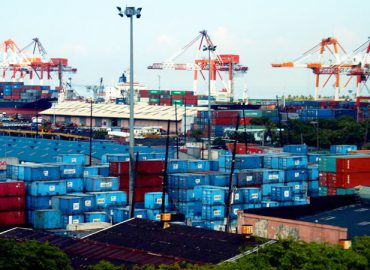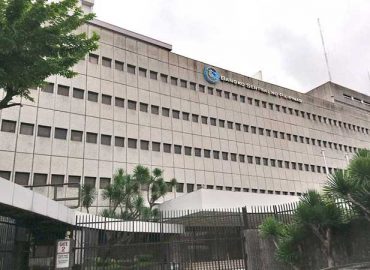By Bianca Cuaresma, May 9 2019; Business Mirror
https://businessmirror.com.ph/2019/05/09/rrr-cuts-best-timing-is-this-year-pnb-expert/
Image Credit to Business Mirror
A LOCAL economist on Wednesday flagged the risks of liquidity tightness in the country, saying the Bangko Sentral ng Pilipinas (BSP) ought to do something about the cash supply conditions in the country.
In a roundtable with reporters on Wednesday, Philippine National Bank (PNB) economist Jun Trinidad said a reserve requirement ratio (RRR) cut is most appropriate this year given evolving local dynamics, especially noting the need to fuel economic growth in the country.
“Without necessarily unwinding all that liquidity that the BSP has drained, they can provide additional liquidity support simply by trimming the reserve ratio,” Trinidad said.
In 2018, the BSP let out a series of policy rate hikes to the tune of 175 basis points to tighten conditions in the local economy in an effort to curb the then-rising inflation path.
Latest data showed that inflation already slowed down to 3 percent in April this year—a 16-month low—from its peak value of 6.7 percent in September to October last year.
Similarly, data from the BSP showed domestic liquidity—broadly measured as M3—grew only by 4.2 percent in March this year, significantly slower than the 7.1-percent expansion rate in the previous month.
A growing cash supply is often beneficial for an expanding economy such as the Philippines, as it provides fuel to the productive sectors of the country.
However, an excessively slow growth in M3 could be detrimental to the country’s overall growth, especially if it is not enough to fuel the productive activities in the economy.
While the liquidity backdrop could be a drag to overall growth this year, Trinidad said a cut in the country’s RRR could be an appropriate solution for liquidity conditions.
“The timing is just very appropriate for this year,” Trinidad said.
Well, you might say what about next year, medium-term. Yes, they can wait. It [will] not necessarily be like an El Niño impact on liquidity, but the point there is that next year, you may not see this benign inflation situation if the economy continues to grow.” With “external macro risks…addressed hopefully soon, [and] the US-China trade conflict nearing its conclusion, then inflation may not be as slow as what we are enjoying,” he added.
The PNB economist forecasts a reserve cut of 1 to 2 percent on Thursday’s (May 9) meeting, with the policy rate easing starting in the second half of the year. In their March meeting, the BSP decided to keep all monetary-policy levers unchanged on their tame view on inflation.


